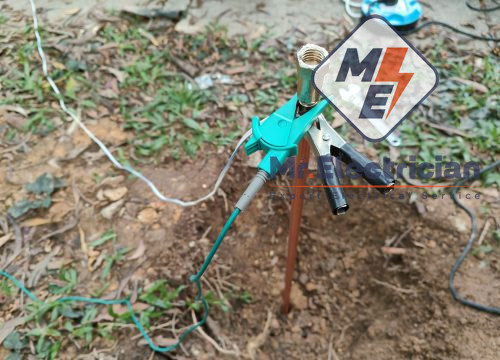Surge Protection
A power surge occurs when voltage spikes beyond the normal level and remains high for a short or extended period. This can cause overheating, damage, or even burning of internal wiring, creating a serious fire and safety hazard. Surges can destroy expensive appliances, electronics, and especially sensitive systems like autogates, which may suffer permanent damage if not properly protected. Even minor signs like flickering lights can be early warnings of unstable voltage.
Common symptoms of a power surge include flickering or dimming lights, electronics that suddenly reset or shut down, a burning smell from outlets, tripped circuit breakers, buzzing or popping sounds, non-functioning devices, and visible scorch marks on plugs or sockets. If you notice any of these warning signs, act quickly to prevent further damage.
Don’t take chances with your safety. If you notice flickering lights or suspect a power surge, contact Mr Electrician at 012-870 2699 for expert diagnosis and reliable surge protection solutions.
Understanding Power Surges and the Importance of Surge Protection
Many factors can trigger a power surge, sending an excessive flow of electricity through your switchboard and into your appliances. One of the most common causes is:
Power interruptions: During a blackout, the electrical supply is cut off—but when power is restored, a sudden surge of electricity may rush through the system. This abrupt spike can seriously damage sensitive equipment and appliances such as the autogate system, Wi-Fi router, refrigerator and more.
We’ve come across a many cases where the autogate, modem router, fridge, water pump, outdoor pillar lights and particular lighting fixtures stopped working after a power interruption in the area. Some honest customers tell us straight away that the electricity provider was carrying out some service work. Shortly after the power was restored, several appliances immediately burned out.
Some customers can be difficult and try to get us to replace faulty components for free by not being upfront about the issue. Hiding information or not telling the whole truth only makes it harder for us to fix the problem properly. If you’re honest with us from the start, we can address the issue quickly and accurately, saving everyone time and avoiding unnecessary costs. In some cases, we end up finding out the full story from the neighbors who come by to gossip. This kind of sudden surge upon reconnection can seriously damage electrical equipment, especially if there is no proper surge protection in place.
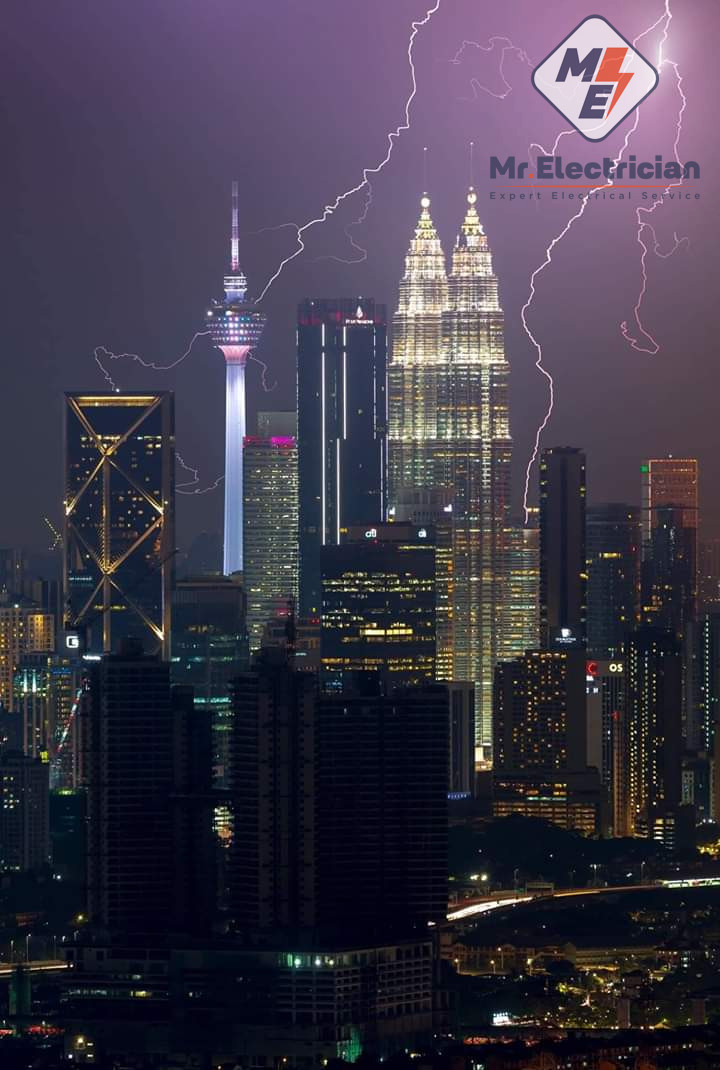
Lightning Strikes: When lightning strikes an electrical wire or nearby substation, it can create a surge of power that affects homes in the surrounding area. The first thing it will likely damage are outdoor appliances like your fish water pump, autogate system, and other outdoor electrical equipment. If lightning strikes your house directly, it can cause severe damage or even destruction to your electrical systems and appliances.
Indoor Surges: Power fluctuations are common within the home. Every time a major appliance turns on or off, it can cause a surge that affects other outlets, switches, and systems. This is why we strongly advise against using low-quality appliances that lack proper certification or approval from authorities.
Faulty Wiring: Wiring is like the veins in our body. If you use very low-quality wires, over time, their insulation can break down, causing a short circuit with the metal parts. In some cases, the wires may have intermittent problems where the current gets stuck at certain points and then suddenly releases, like a power surge shooting out at high speed. Additionally, turning on high-power appliances can also trigger power surges.
Electrical Overloads: Overloads occur when a single circuit draws more power than it can safely handle. This often happens due to the overuse of extension cords or plugging multiple high-wattage appliances into the same outlet. A typical example is when a rice cooker, kettle, and microwave are all connected to a single extension cord. Such setups exceed the capacity of the circuit, leading to overheating and tripping of the breaker.
Following an overload, power surges may occur. These surges result from the sudden disruption and restoration of electrical current, which can cause voltage spikes. Sensitive electronics and appliances can be damaged if repeatedly exposed to such fluctuations.
How to Prevent Power Surges
There are many effective ways to prevent internal power surges. The most straightforward method is to limit the number of high-power devices connected to a single power extension. Always use high-quality, SIRIM-certified extension cords, and ensure the total load remains within the rated capacity. Avoid plugging multiple heavy appliances like microwaves, kettles, and rice cookers into the same extension. These simple practices can go a long way in protecting your electronics from internal power surges and potential damage.
External power surges, while less frequent, can occur during severe weather events such as thunderstorms. To reduce risk, it’s advisable to unplug sensitive devices during storms. But, certain systems like fish water pumps and autogate systems cannot be turned off, as doing so may endanger aquatic life or restrict home access. In such cases, the best solution is to install surge protectors specifically designed for outdoor appliances. These devices block excess voltage before it reaches your equipment. For complete protection, consider installing a whole-house surge protector to shield your entire electrical system from external surges.
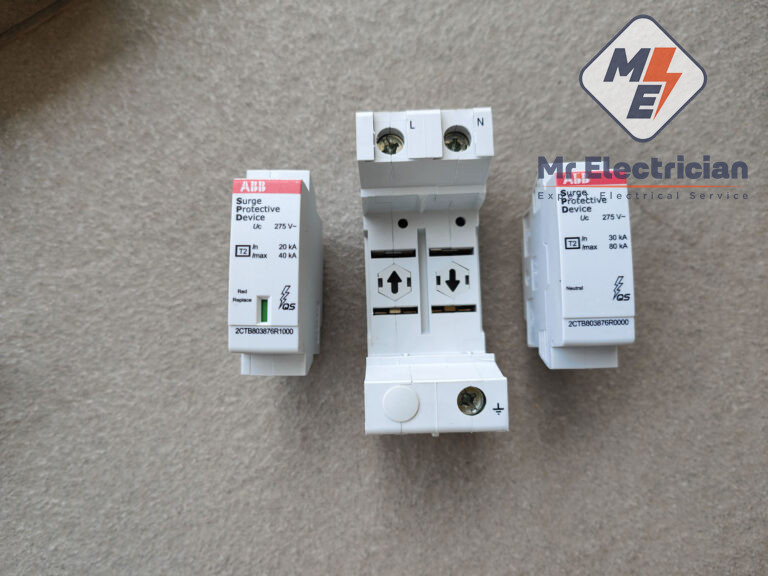
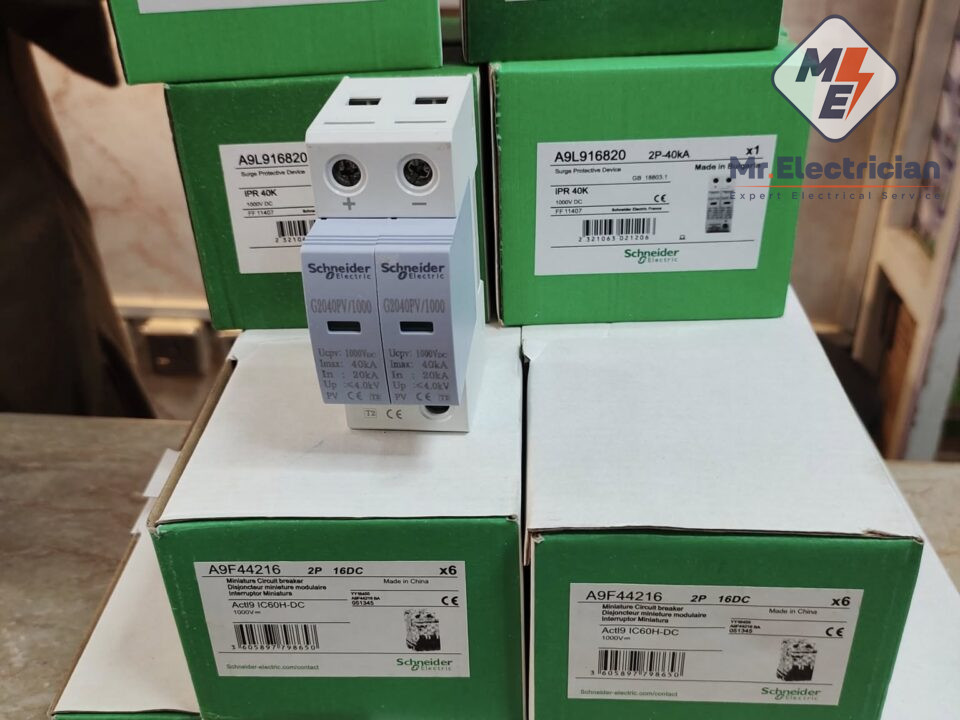
Surge Protectors (SPD): Do You Really Need Them?
A Surge Protection Device (SPD)—also known as a spike suppressor, surge suppressor, or surge diverter—is an essential tool for protecting electrical appliances from voltage spikes in AC circuits. These spikes, though extremely brief (lasting less than a microsecond), can reach dangerously high voltages and cause immediate or long-term damage to sensitive electronic equipment. SPDs work by intercepting these sudden surges and redirecting excess voltage safely, preventing it from reaching and harming your devices.
Some may question the effectiveness of surge protectors, especially in extreme surge events where they might not fully eliminate the risk. While surge protectors aren’t necessary for the basic operation of your devices, they play an important protective role. Without one, a power surge could permanently damage your television, computer, autogate system, or other electronic appliances. Even in less severe cases, surges can shorten device lifespans, corrupt data, or degrade performance over time. In short, surge protectors offer an affordable layer of protection that can save you from costly repairs or replacements.
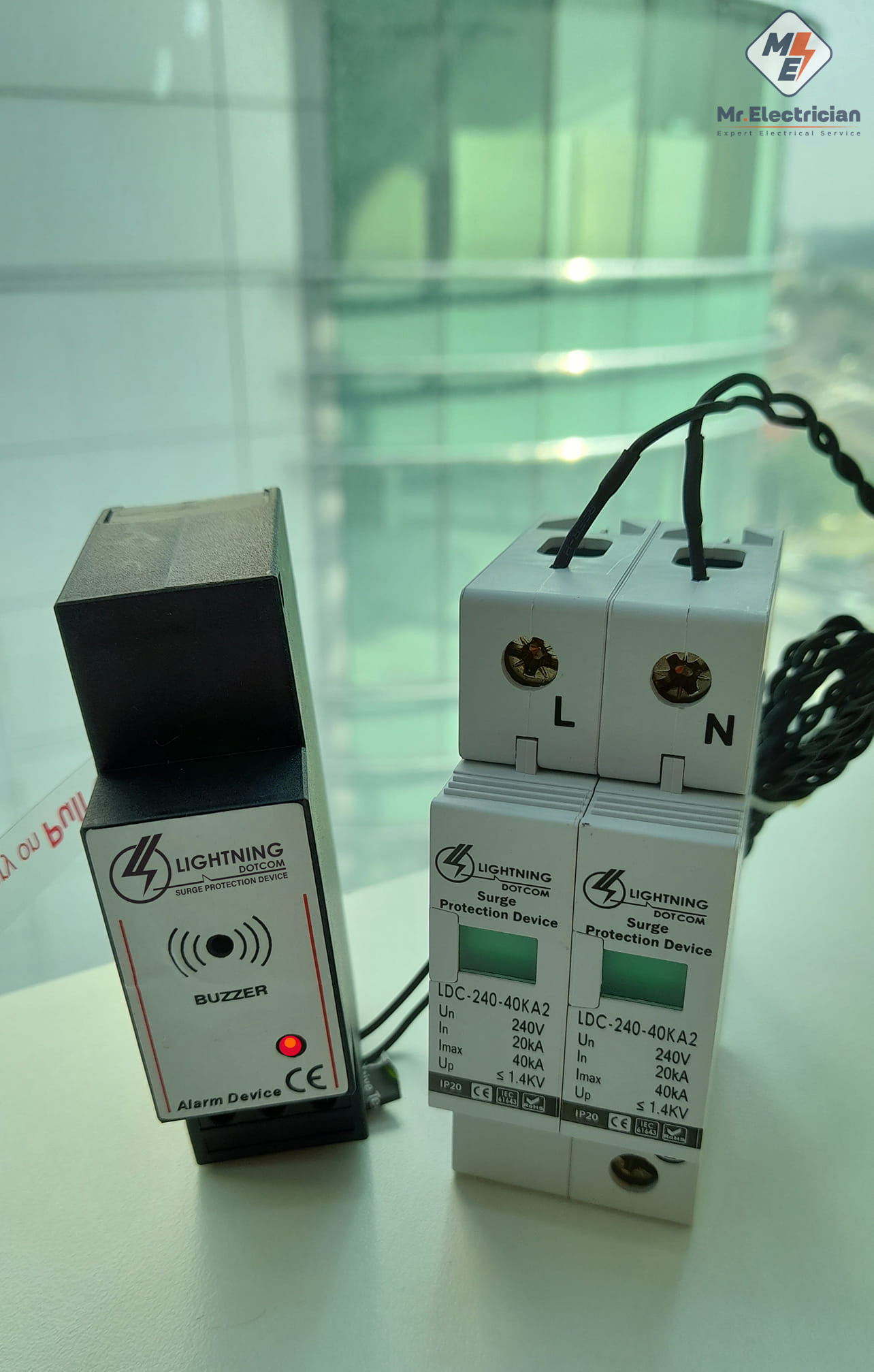
Protect Your Home with a Surge Protection Device (SPD)
Many homeowners wonder if investing in a whole-house surge protector is truly necessary especially when surge-protected extension cords are widely available. However, the protection offered by individual plug-in devices is limited. They only shield the specific appliances connected to them. In contrast, a whole-home surge protector is installed at your main electrical panel, providing comprehensive protection against voltage spikes from both internal and external sources. Without it, your entire home remains vulnerable to serious damage from power grid fluctuations or internal electrical faults.
With professional surge protection services from Mr Electrician, you can safeguard your home, electrical system, and valuable appliances from even the most severe power surges. Enjoy peace of mind knowing your family and equipment are protected.
For more information, call Mr Electrician at 012–870 2699 or WhatsApp us today.
Our Services
We Take Care All Type of Electrical Problems
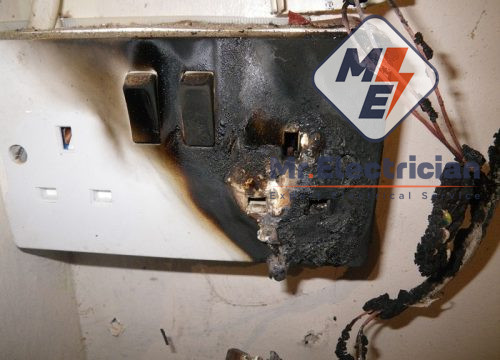
Electrical Repairs
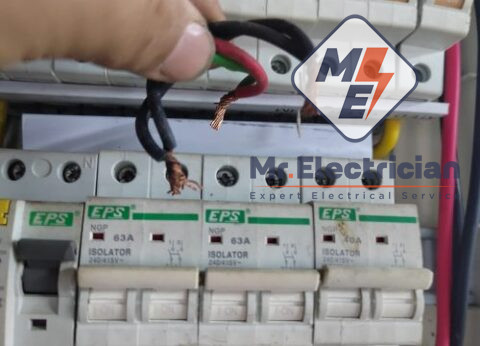
Electrical Safety Inspection
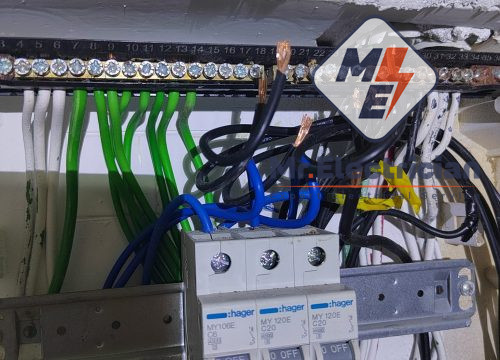
Electrical Troubleshooting
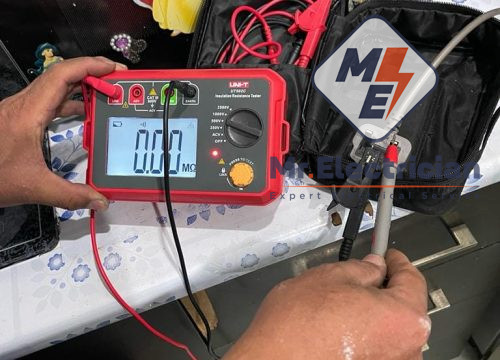
Short Circuit Repair
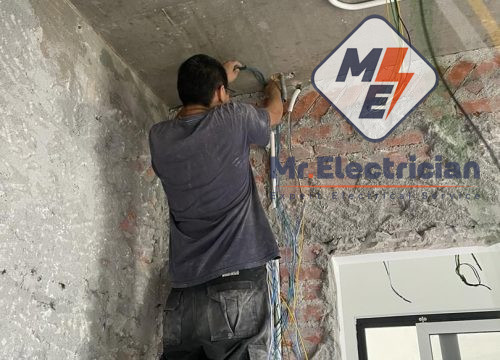
Electrical Wiring
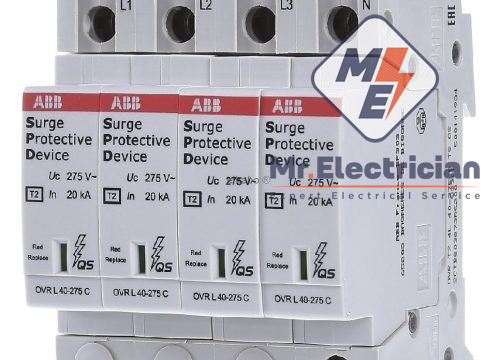
Surge Protection
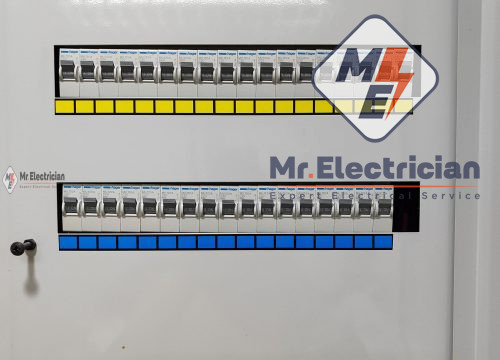
Electrical DB Upgrade
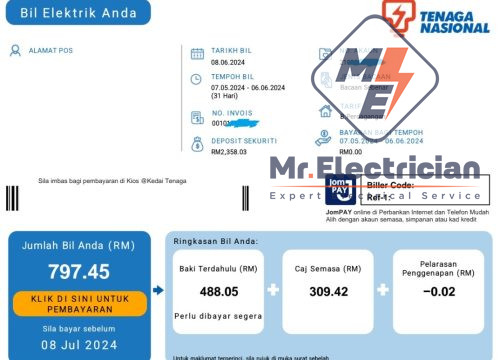
Electricity Saving
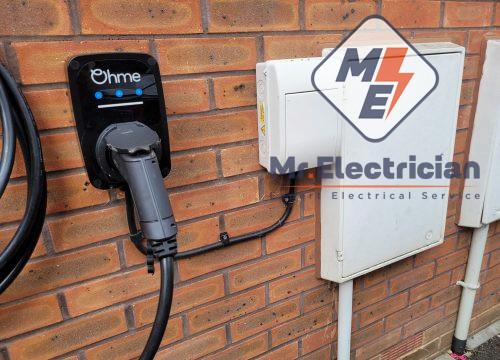
EV Charger Installation
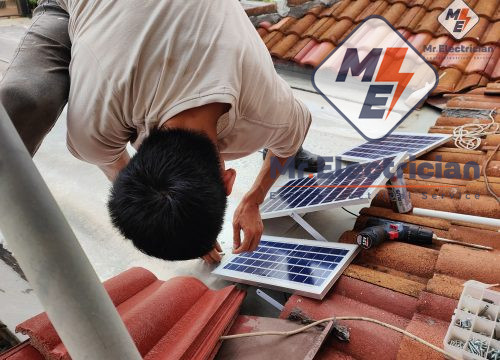
Solar Light Installation
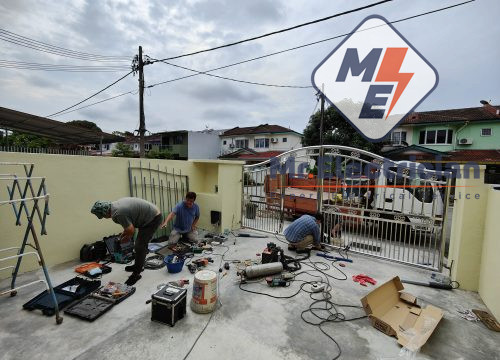
Autogate Installation
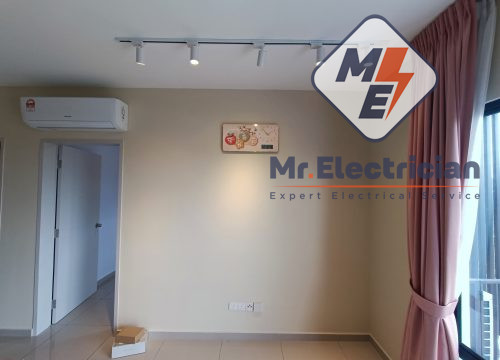
Lighting Installation
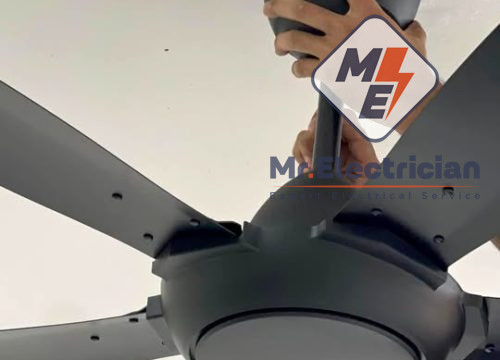
Ceiling Fan Installation
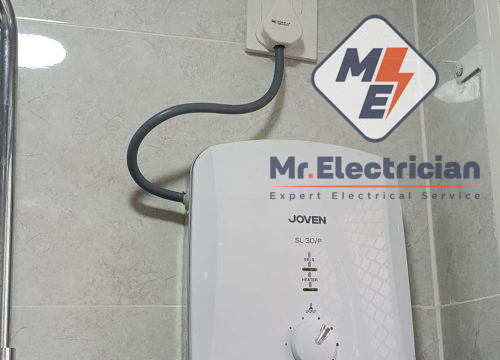
Water Heater Installation
